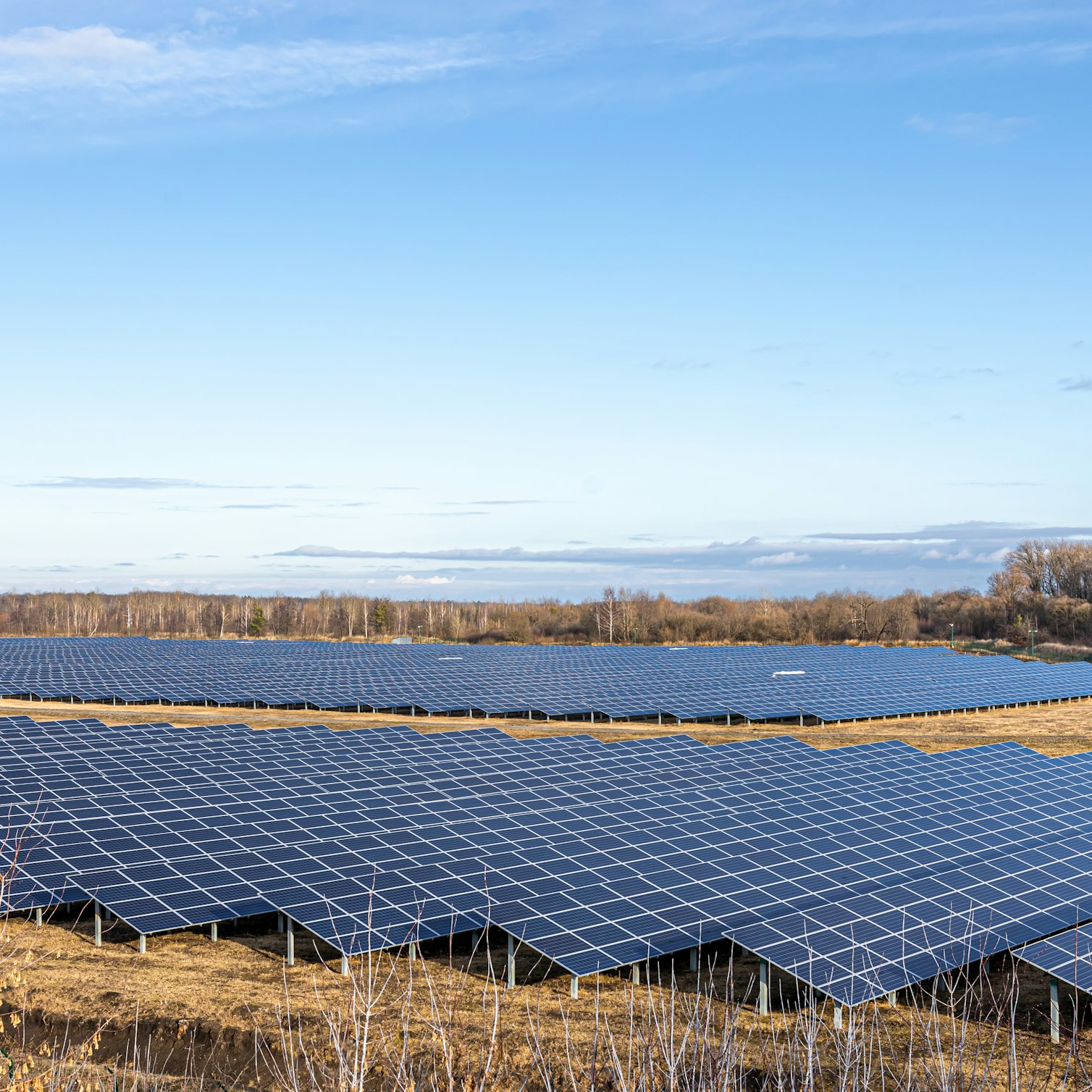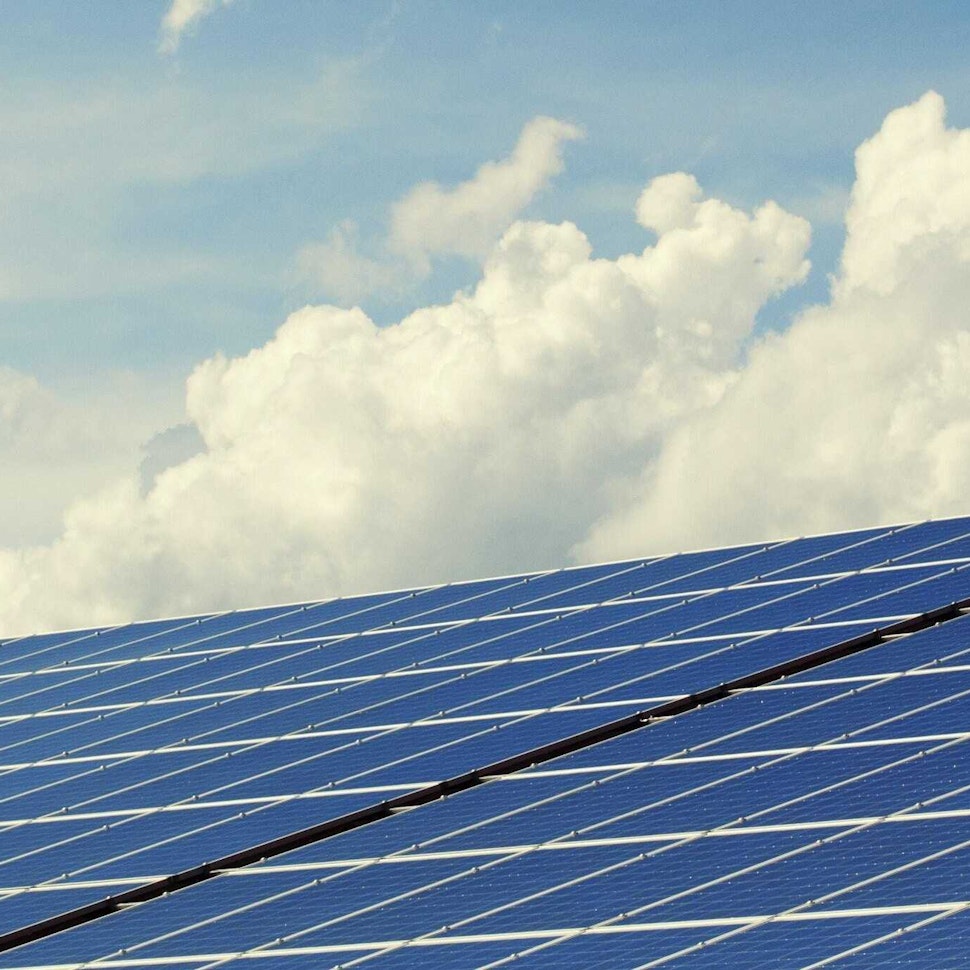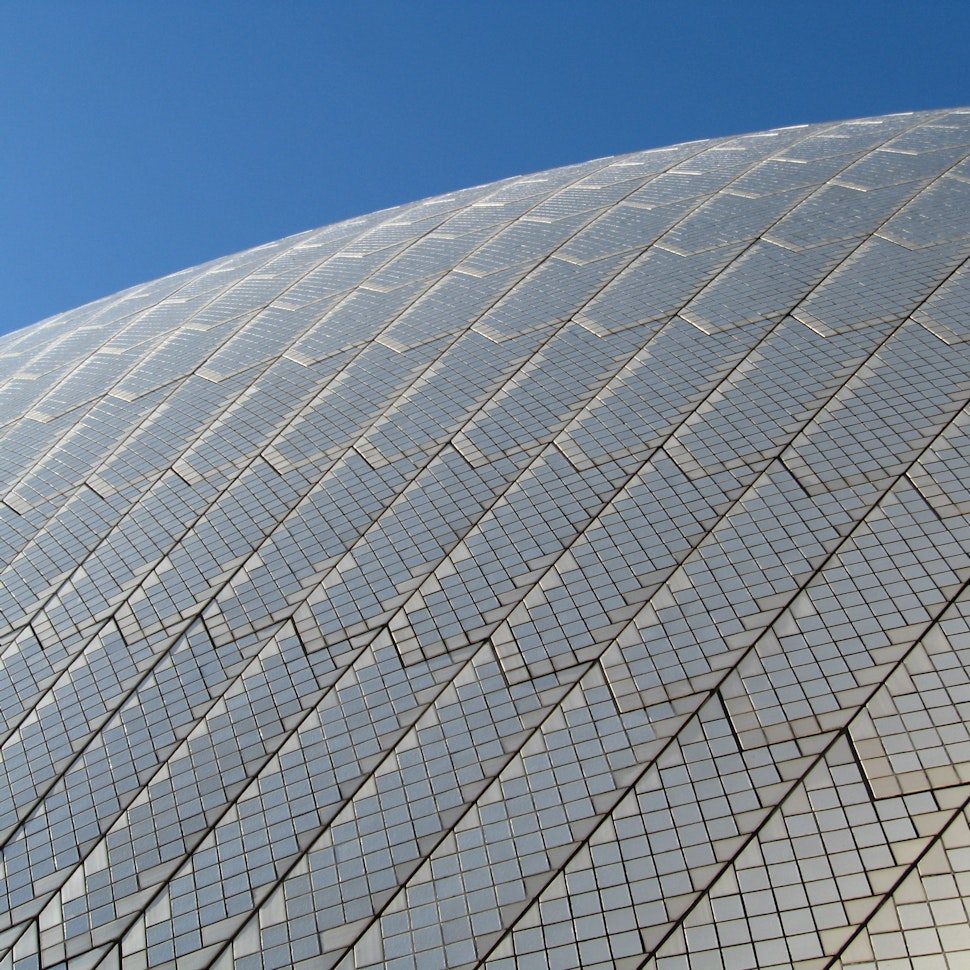- Solar energy blog
- Australia’s climate goals: How a change in government changed the solar perspective
Australia’s climate goals: How a change in government changed the solar perspective


Laura Rodríguez
Business developer
Laura is a renewable and software industry sales professional, currently working at RatedPower as Sales Overlay in North America & Territory Manager Oceania. With a background in International Business and International Trade, Laura previously worked in the business strategy area in various companies as well as as a market analyst for the Government of Spain in Australia.

Content
As a major fossil fuel exporter, Australia is the developed world’s largest carbon emitter on a per capita basis. The country has lagged behind other industrialized nations in its climate policies, failing to set concrete targets for its pledge to reach net-zero emissions by 2050.
But a new Labor government was elected in May with a climate-led agenda, toppling a coalition government that had long hampered progress in tackling climate change. The Green Party also made electoral gains, as voters expressed their dissatisfaction with former Prime Minister Scott Morrison’s response to the real impact of climate change in the form of record high temperatures, deadly fires, and flooding.
Incoming Prime Minister Anthony Albanese pledged in his victory speech to “change the way that politics operates”, “end the climate wars," and “take advantage of the opportunity for Australia to be a renewable energy superpower."
Despite its reliance on fossil fuels, there are unique factors that could add up to Australia becoming a true green powerhouse.

Australia's route to green
Bill Hare, an Australian climate scientist and chief executive of Climate Analytics told Carbon Brief that Australia lacks policies on everything from “industry efficiency, housing, commercial building efficiency, motor vehicle standards, truck efficiency standards — whatever — we don’t have it. It doesn’t exist. And that’s a product of the climate wars of the last decade.”
How has Australia’s approach to climate change and the clean energy transition has pivoted since the May election?
May 2022
The 2022 federal election on 21 May was dubbed the “climate election”, with more Australians citing climate change as their most important election issue than any other topic.
A number of independent candidates won seats over moderate candidates, with campaigns that predominantly focused on addressing climate change.
The Labor Party won a majority government for the first time since 2007, and Albanese was sworn on 23 May. The Coalition government dropped to its lowest share of seats in the House of Representatives since 1946.
The Labor party made some big claims in its manifesto, including
A target to cut emissions by 43% from a 2005 baseline to 2030
Increasing the share of renewables in the National Electricity Market (NEM) to 82% by 2030, up from a 68-69% baseline
Putting Australia on course to achieve net-zero emissions by 2050
Establishing a public corporation to invest AUD$20bn (£11.3bn) in modernizing the electricity grid and developing large renewable resources
Investing in household battery storage
“Solar banks” for those who cannot access rooftop solar
Reaching net-zero public-sector emissions
The 43% emissions reduction target is less ambitious than the 45% cut Labor proposed during the 2016 and 2019 election campaigns. However, it is substantially higher than the coalition government’s target of a 26-28% reduction — a target that was originally submitted in 2015 and was less than the 30% reduction that would be expected with no additional action, a Labor-commissioned analysis showed.
The Morrison government resisted international pressure to raise the target in the run-up to last year’s COP26 United Nations Climate Change Conference.
July 2022
Albanese followed up on the emissions reduction pledge by introducing a Climate Change Act into parliament on 27 July.
In addition to establishing the 43% emissions reduction and net zero targets, the bill requires the Minister for Climate Change and Energy to produce an annual climate change statement with advice from the Climate Change Authority. It also requires the Climate Change Authority to advise the minister on targets at least every five years and provides for periodic reviews of the Act.
“Australia’s open for business for renewable energy, for transmission, for storage, to create hundreds of thousands of jobs,” Chris Bowen, the new government’s Climate Change and Energy Minister, said.
August 2022
The Climate Change Act was agreed to in the House of Representatives on 4 August.
On 23 August the government granted new "greenhouse gas storage permits" to enable companies to move ahead with offshore carbon capture and storage (CCS) projects in two areas off the Northern Territory and Western Australia.
However, the government also announced the opening of more than 46,000 square kilometers of offshore areas across 10 ocean sites for oil and gas exploration. The decision was a "kick in the guts" to Australians "living with the impacts of climate change already", independent senator David Pocock told ABC.
September 2022
On 8 September, the House of Representatives agreed to Senate amendments and the Climate Change Act passed both houses, coming into effect on 14 September.
On 29 September, the Australian Renewable Energy Agency (ARENA) launched $43 million in grants under the Industrial Energy Transformation Studies Program to help identify opportunities to reduce carbon emissions in energy-intensive industries by cutting their energy demand and adopting renewables.
Opportunities in Australia’s green transition
While Australia is one of the world’s major sources of fossil fuels, it also has the potential to become one of its green engines thanks to its abundant natural resources. The country offers a unique combination of climate, raw materials, and infrastructure to enable innovators to develop, test, and build new clean energy technologies.
Australia is the world’s largest supplier of lithium raw materials, which are used in lithium-ion batteries for electric vehicles and energy storage. It also has nickel, cobalt, manganese, and graphite, which are also key battery ingredients.
Rising trade and geopolitical tensions — such as between the US and China — are also in Australia’s favor. As Western countries seek to diversify their supply chains away from currently dominant China, Australia could look to step in.
By developing a refining sector downstream from mining raw materials, Australia has the potential to develop a diverse battery industry that would generate more than A$3 billion ($2.1 billion) in value and create an extra 16,000 jobs by 2030, according to an Accenture report.
Australia also has the conditions to be a major solar power generator — and rooftop solar panels are being installed at a rapid pace. The country has high solar radiation and thanks to falling solar equipment costs and rising electricity prices, its installed solar capacity has soared since 2018. That has driven it forward from a relative laggard to having the world’s second-highest solar capacity per capita.

Download our State of Green Australia for a comprehensive guide about the country’s relationship with renewable energy.
For a half-hour period in August, solar power overtook coal as the leading source of electricity across the NEM for the first time, with most of the power coming from rooftop panels.
What stands in the way of Australia’s green future?
Despite the clear opportunities, there are no doubt challenges ahead. Australia has been slow to develop refining industries that produce value-added products and volatile commodity prices have delayed efforts such as producing lithium battery chemicals.
Production at the Kwinana lithium refinery in Western Australia owned by China’s Tianqi Lithium has been hit by delays, financial constraints, and legal battles in recent years. The site produced its first battery-grade lithium hydroxide in May this year, the first step in a long process for Australia to build out its value chain.
After decades of focus on fossil fuels, Australia will need significant investment to establish its clean energy industries, from domestic and international companies. If it is to create enough new jobs to replace the coal and gas industries, it will need to establish a green ecosystem that incorporates research, startups, training, and financing.
Consulting firm Deloitte’s Economic Sophistication Index, which ranks countries by their industry and supply chain diversity, places Australia 37th behind China, Russia, and India.
As Deloitte’s report ‘Australia remade: a country fit for the age of disruption’ shows, now is the time for Australia to remake its economy on a more sustainable and economically sophisticated path, with climate change goals at the forefront.
Latest stories
Related posts
Technology and engineering
Innovation in renewable energy: Developments expected in 2025
We look at the 10 biggest renewable industry developments that are making a green future possible, including perovskite solar cells, green hydrogen, and more.
Updated 18 MAR, 25

Market analysis
Breaking down solar farm costs: Free template inside
Updated 27 SEP, 21

Market analysis
Solar energy in Australia: a 2021 market analysis
Updated 11 MAY, 21

- RatedPower
- Solar energy blog
- Australia’s climate goals: How a change in government changed the solar perspective
